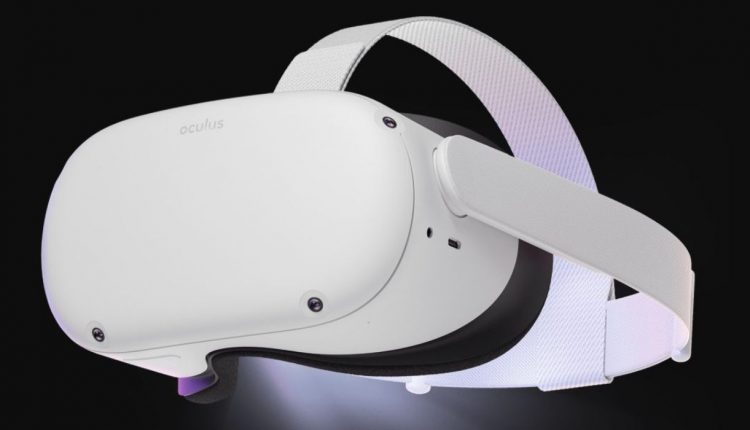Oculus Quest 2 More likely to Obtain 120 Hz Refresh Charge Replace Quickly
Facebook supports the Oculus Quest 2 VR headset with a refresh rate of 90 Hz while confirming that it is also aimed at 120 Hz.
The Oculus Quest 2 The virtual reality headset is one of the most successful VR headsets ever released. Facebook says sales for the Oculus Quest 2 are “above expectations” and the original Oculus Quest has already outperformed with monthly active users. However, the Oculus Quest 2 has been limited in one aspect, especially when compared to enthusiastic PC headsets. That particular range is in the VR headsets refresh rate, the rate at which the ads are refreshed. In Facebook’s favor, it sounds like a new update might solve this problem.
When the Oculus Quest 2 hit the market, many expected an improved refresh rate compared to the original headset. That’s because the original Oculus Quest was limited to just 72 Hz and allowed up to 72 frames per second. The Oculus Rift, Facebook’s first headset, offers 90 Hz in comparison and the newer Valve Index offers 120 Hz (or even 144 Hz in overclocked mode). Nevertheless, the Oculus Quest 2 also started at 72 Hz. This was attributed to performance limitations, battery life and compatibility with software for the original Oculus Quest.
Fortunately, Facebook heard the feedback and worked to improve the situation. This work has now been realized and the upper limit in Oculus Quest 2 has been increased to 90 Hz. Parity with the Oculus Rift also works as an additional level of compatibility, so the Oculus Quest 2 can offer hardwired experiences at 90 Hz or 72 Hz. But Facebook isn’t done yet.
Facebook recently confirmed that they are currently working on unlocking 120Hz for the Oculus Quest 2, which will make the VR headset match the valve index in terms of refresh rate. The upgrade is unlocked via an update published by Facebook, although no time frame has been specified. While some native Oculus Quest 2 could potentially offer 120Hz experiences, this feature will most likely be offered to users using the Oculus Link with a high-end gaming PC that could output 120 FPS.
What this means for the typical Oculus Quest 2 user is not much. As mentioned earlier, given the high performance requirements, providing 120 FPS is unlikely to be used by many games regardless of the cap. But for those who are experiencing a 120 FPS game with a hypothetical change in a 120 Hz cap, it means a smoother visual experience. Higher frame rates and frame rates are also attributed to a lower risk of VR illness.
It is undoubtedly a good decision by Facebook to support 120 Hz in VR headsets. The compatibility modes open up more software options for Oculus Quest 2 users regardless of whether their headsets can deliver the appropriate frame rate. Plus, it will hopefully result in fewer developers targeting lower frame rates, which can lead to sub-par VR experiences and VR sickness. Even so, Facebook only said it would support 120Hz. It has yet to get the job done and it could change its mind. You will find more updates in the coming months.
The Oculus Quest 2 is available now.
Source: Tech Powerup


Comments are closed.